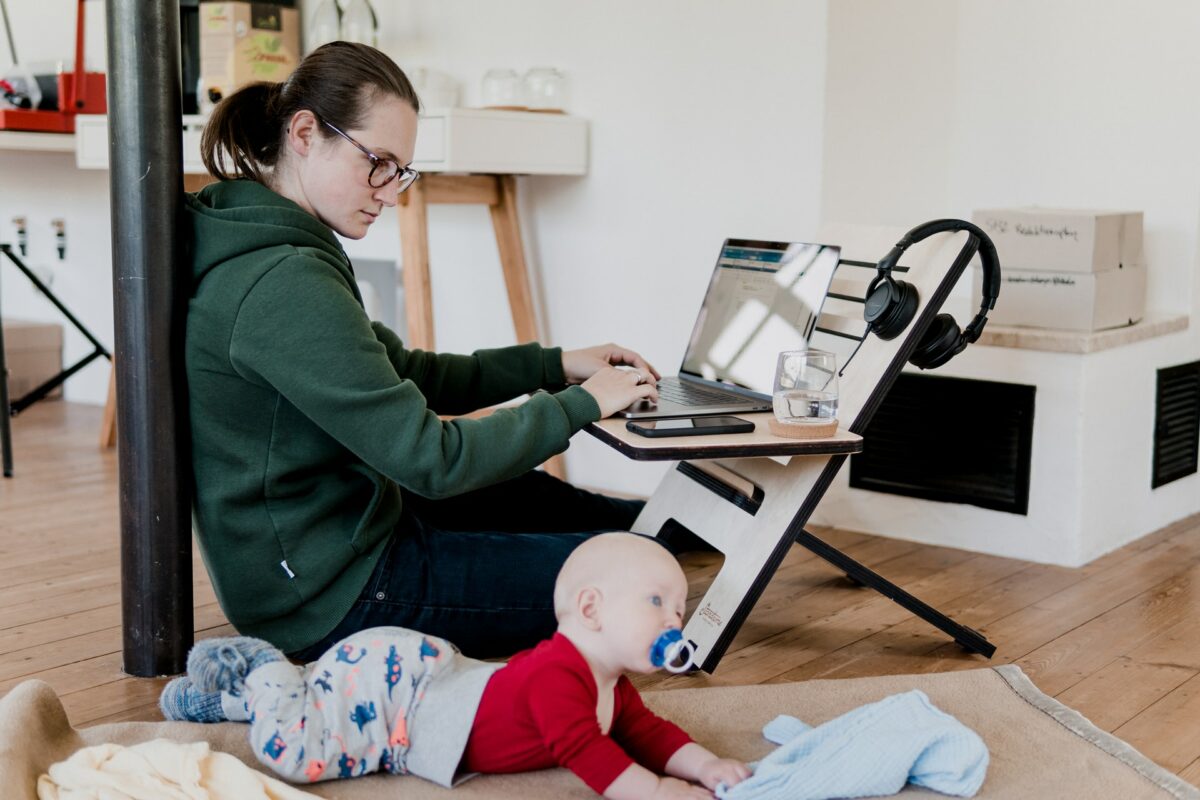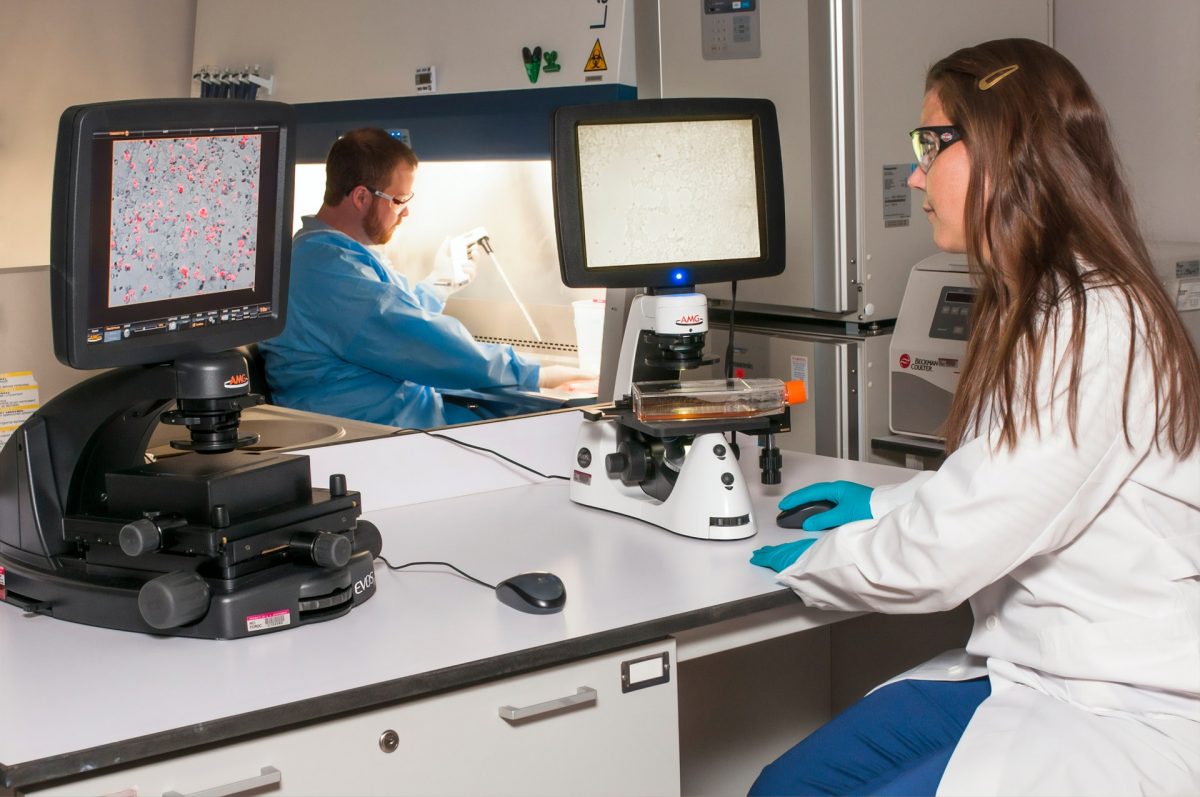Kids are resilient. But even they are under stress from COVID, and as the pandemic continues, they are likely feeling even more big emotions than they did before.
As parents, we want to see them thrive but may be unsure how to support our children with all of the current COVID restrictions. Here are five ways to keep your child’s positive attitude during the pandemic:
Address your child’s fears
As adults, when we hear our child’s fears, we can be tempted to brush them off or quickly soothe them and move on. We know there is nothing to be frightened of, so we want our child to recognize this truth too.
The problem is, for the child, the feeling of fear is real. And if we step in and carry our children through the difficult childhood fears, they may not develop the emotional regulation skills they need to work through fear as they mature.
The benefit to allowing your child to handle their fear is they learn to rely on themself for emotional security.
When addressing fears about COVID, allow your child to express their fear. If they name it generally, work with them to help them voice their fear as precisely as they can. Getting to the “nugget” of fear will help you guide their thinking and help them learn to manage their fear.
As you discuss their fear, it’s crucial you can discuss without bringing in any of your own fears. Your child will see that fear and internalize it, making their fear stronger and more real.
Establish healthy routines
Most children already thrive on routines. They like the predictability of what comes next because it gives them a sense of power and control. That’s why they love reading the same book over and over again. The positive ending is just as satisfying the 50th time as it is the first time.
Establishing a healthy routine for your child will give them the structure they need to mentally and physically perform their best throughout the day.
If you’re juggling a lot, or you have never really had a routine, start small. A simple strategy would be to wake up at the same time each day and change into daytime clothes—no sleeping in until midday and no staying in PJs all day long.
Even this small routine will set up your children for better productivity. Treating the school day as naturally as possible will trigger their internal “go to work” mentality no matter their current schooling situation.
It would be great to incorporate some outdoor time into your routine to encourage even better physical and mental health. Especially for younger children, whose brains seem to short-circuit after too much sitting time, it is important to find several opportunities for recess or downtime. Even the routine of a short afternoon walk through the neighborhood will help.
Use positive discipline
When children have big emotions, their confusion about how to process them can erupt into “bad behavior.” And many children have big emotions about the pandemic, from not being in school to not being able to socialize normally with friends.
Add to the behavior the strong emotions parents are feeling, and you have a home situation ripe for raised voices and a lot of punishing.
The problem is, punishment doesn’t work. Because, for your child, negative attention is still attention.
Instead, work to use positive discipline. This means you actively plan and look for positive ways to interact with your child each day. The more positive attention they get from you, the less compelling negative attention is.
The added benefit is that when you use positive discipline, you can then ignore the negative behavior. Ignoring it cuts off the stimulus. You are giving no reaction to what they are doing. If they are getting attention from you in other, positive ways, they will quickly choose not to engage in negative behavior. And noticing their positive behavior is more fun for you too!
An important caveat to remember: make sure you intervene when their negative behavior results in them hurting themself or someone else.
Encourage good hygiene
We know that one of the best ways to keep us healthy from any disease is to practice good hygiene. Now it’s even more vital that we encourage our children to learn these habits.
While older children may easily understand why you’re asking them to wash their hands more often, younger children will not make the connection between COVID and clean hands as quickly.
Washing hands is a great way to introduce the concepts of why in a child-safe way. Cleaning to a fun song and laughing about getting any “yucky germs” off of their hands gives them a sense of easy empowerment. It is something they can do to help protect themselves and the people they love.
Set a good example for them
Our children are looking to us to see how to react to COVID. So, if you want your child to practice mitigating procedures while remaining as positive as possible about their experiences, then that’s what you need to work for too.
You don’t have to be perfect at it, but you need to show them the behavior you would like to see. If you’re feeling overwhelmed, make sure you take a break. No, you may not be able to get together for an evening with your close friends, but you can still go for a walk, take a long shower, or even sit on the front step with a mug of hot tea and enjoy the silence.
Showing your child how you manage your emotions will help them learn to manage theirs. You can encourage them to work through what they feel and think by letting them talk about their thoughts without interruption. A journal for kids is another excellent way to let them express themself.
By setting a good example for how to act and respond during stressful times and situations, you give your child the tools they need to respond appropriately to their stresses.
Conclusion
As the pandemic continues, we may need to reset our strategies and practices to detail the regulations. Parenting is challenging under ordinary circumstances, but it has become even more stressful now.
We want to help our children through the situation, and we can. We need to recognize how our behavior and reactions are serving our goal or not.















